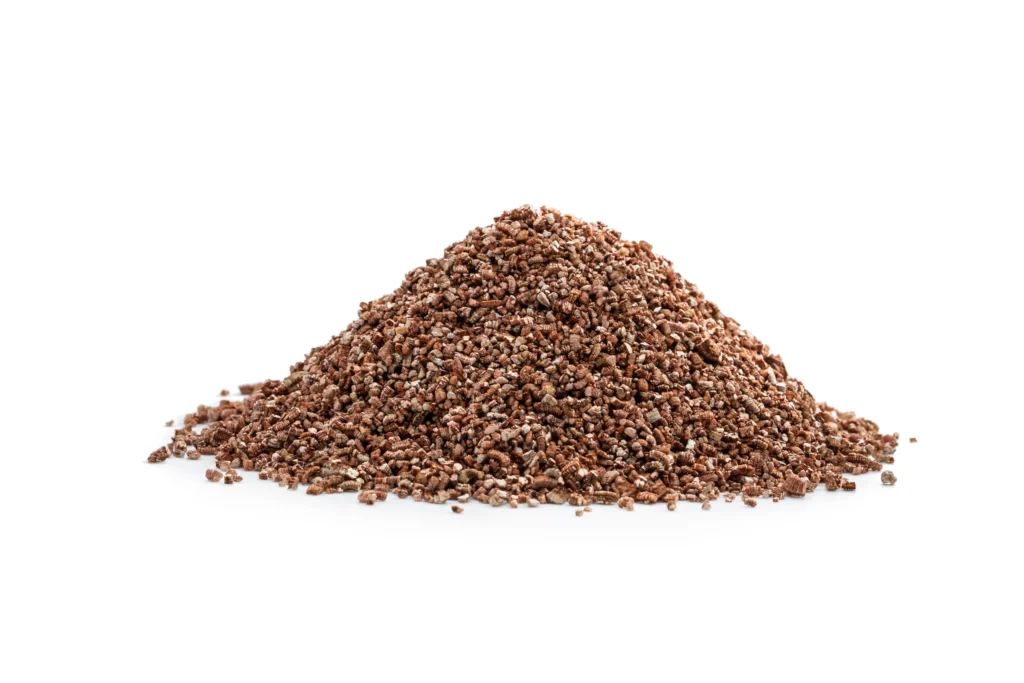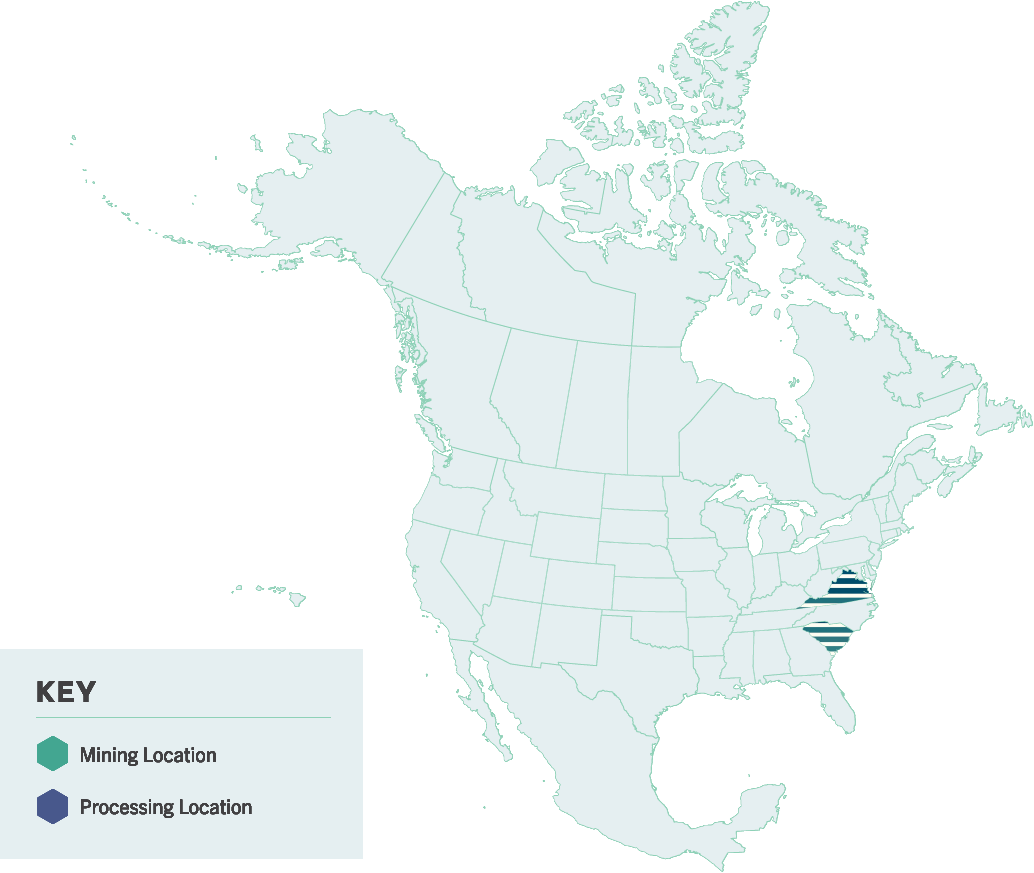Learn All About Vermiculite
Vermiculite
A mineral of many uses from fire protection to fertilizer.
A mineral of many uses from fire protection to fertilizer.

Vermiculite deposits are associated with volcanic rocks rich in magnesium silicate minerals, and flakes range in color from black to shades of brown and yellow. It is mined as shiny flakes that resemble mica, which are heated to 900 degrees Celsius (through a process called exfoliation) causing water within the flakes to flash to steam and expand. Crude vermiculite ore is processed into particles that are eight to 20 times larger. The resulting lightweight material is chemically inert and fire resistant, with low density and low thermal conductivity. It is also odorless, has high liquid absorption capacity and catalytic properties.
Because of its lightweight, insulating, and fire- and chemical-resistant properties, vermiculite is used in construction products, such as platers and concrete, and insulation. It is also used as a primary component in coatings and as filler in inks, paints, plastics, and other materials. It’s used as an anti-caking agent in fertilizer, herbicides, and insecticides. Vermiculite improves soil aeration and moisture retention in garden and potting soils.

Wait there’s more! Click below to learn about the rest of our essential minerals.